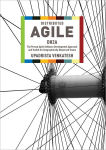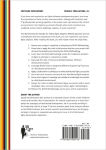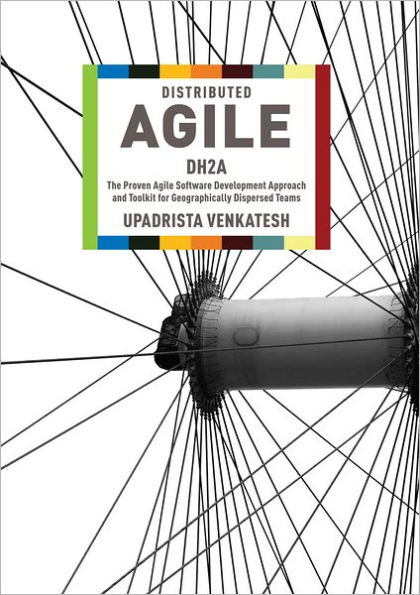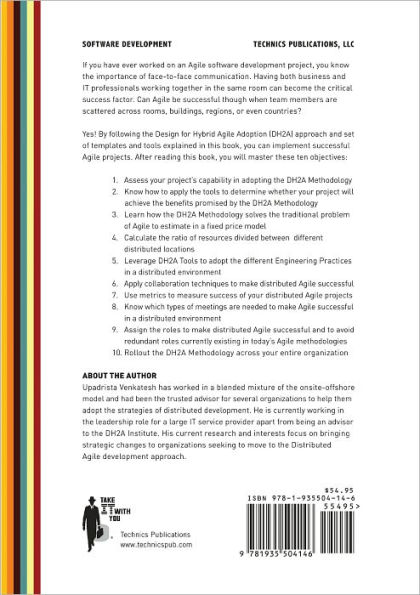If you have ever worked on an Agile software development project, you know the importance of face-to-face communication. Having both business and IT professionals working together in the same room can become the critical success factor. Can Agile be successful though when team members are scattered across rooms, buildings, regions, or even countries?
Yes! By following the Design for Hybrid Agile Adoption (DH2A) approach, framework and set of templates and tools explained in this book, you can implement successful Agile projects. After reading this book, you will master these ten objectives:
1. Assess your project's capability in adopting the DH2A Methodology
2. Know how to apply the tools to determine whether your project will achieve the benefits promised by the DH2A Methodology
3. Learn how the DH2A Methodology solves the traditional problem of Agile to estimate in a fixed price model
4. Calculate the ratio of resources divided between different distributed locations
5. Leverage DH2A Tools to adopt the different Engineering Practices in a distributed environment
6. Apply collaboration techniques to make distributed Agile successful
7. Use metrics to measure success of your distributed Agile projects
8. Know which types of meetings are needed to make Agile successful in a distributed environment
9. Assign the roles to make distributed Agile successful and to avoid redundant roles currently existing in today's Agile methodologies
10. Rollout the DH2A Methodology across your entire organization
Distributed Agile contains three sections. Section I provides the basics of distributed Agile and DH2A, compares collocated with distributed Agile, and shares the rewards of following a distributed Agile approach. Section II dives into the DH2A methodology, with entire chapters dedicated to the Appraisal Segment, Estimation Segment, Planning Segment, and Implementation Segment. In addition there is a chapter in Section II on the roles required to make DH2A a success. Section III focuses on the DH2A framework, with an emphasis on Project Management Office and Governance. Actual case studies are used to illustrate the many useful tools within this text.
If you have ever worked on an Agile software development project, you know the importance of face-to-face communication. Having both business and IT professionals working together in the same room can become the critical success factor. Can Agile be successful though when team members are scattered across rooms, buildings, regions, or even countries?
Yes! By following the Design for Hybrid Agile Adoption (DH2A) approach, framework and set of templates and tools explained in this book, you can implement successful Agile projects. After reading this book, you will master these ten objectives:
1. Assess your project's capability in adopting the DH2A Methodology
2. Know how to apply the tools to determine whether your project will achieve the benefits promised by the DH2A Methodology
3. Learn how the DH2A Methodology solves the traditional problem of Agile to estimate in a fixed price model
4. Calculate the ratio of resources divided between different distributed locations
5. Leverage DH2A Tools to adopt the different Engineering Practices in a distributed environment
6. Apply collaboration techniques to make distributed Agile successful
7. Use metrics to measure success of your distributed Agile projects
8. Know which types of meetings are needed to make Agile successful in a distributed environment
9. Assign the roles to make distributed Agile successful and to avoid redundant roles currently existing in today's Agile methodologies
10. Rollout the DH2A Methodology across your entire organization
Distributed Agile contains three sections. Section I provides the basics of distributed Agile and DH2A, compares collocated with distributed Agile, and shares the rewards of following a distributed Agile approach. Section II dives into the DH2A methodology, with entire chapters dedicated to the Appraisal Segment, Estimation Segment, Planning Segment, and Implementation Segment. In addition there is a chapter in Section II on the roles required to make DH2A a success. Section III focuses on the DH2A framework, with an emphasis on Project Management Office and Governance. Actual case studies are used to illustrate the many useful tools within this text.

Distributed Agile: DH2A: the Proven Agile Software Development Approach and Toolkit for Geographically Dispersed Teams
352
Distributed Agile: DH2A: the Proven Agile Software Development Approach and Toolkit for Geographically Dispersed Teams
352Paperback(TECHNICS PUBLICATIONS LLC)

Product Details
| ISBN-13: | 9781935504146 |
|---|---|
| Publisher: | Technics Publications, LLC |
| Publication date: | 06/01/2011 |
| Edition description: | TECHNICS PUBLICATIONS LLC |
| Pages: | 352 |
| Product dimensions: | 7.00(w) x 10.00(h) x 0.90(d) |



